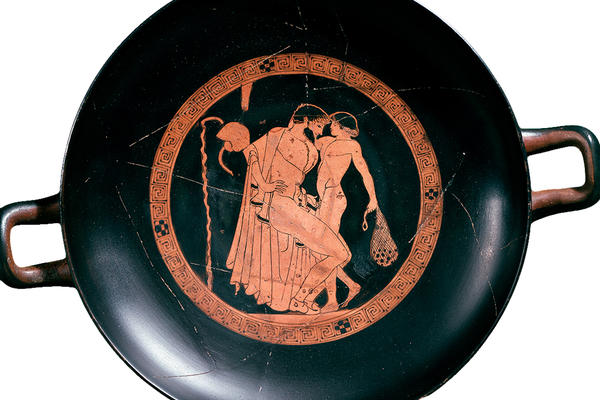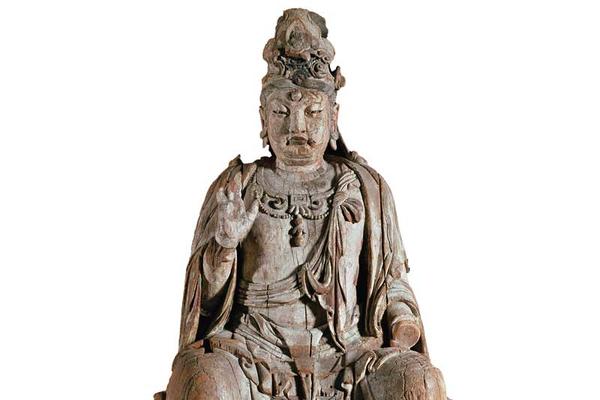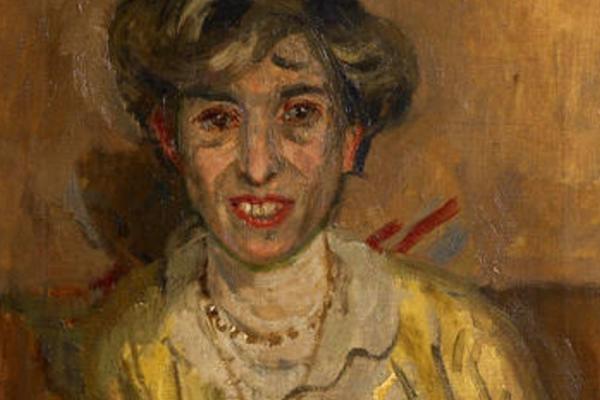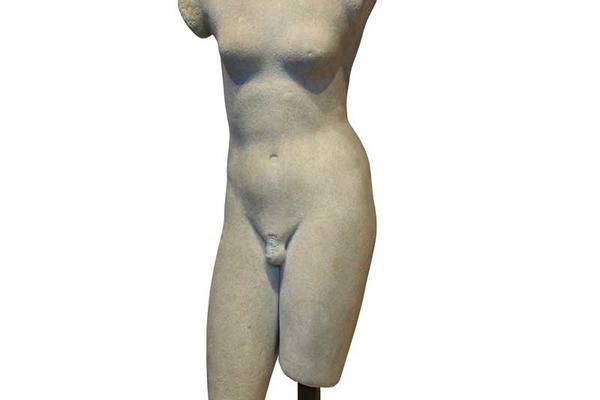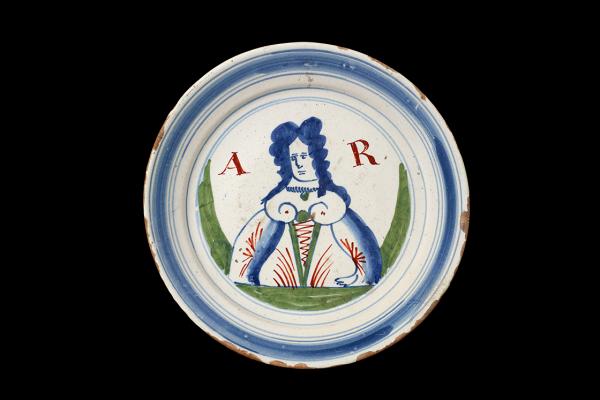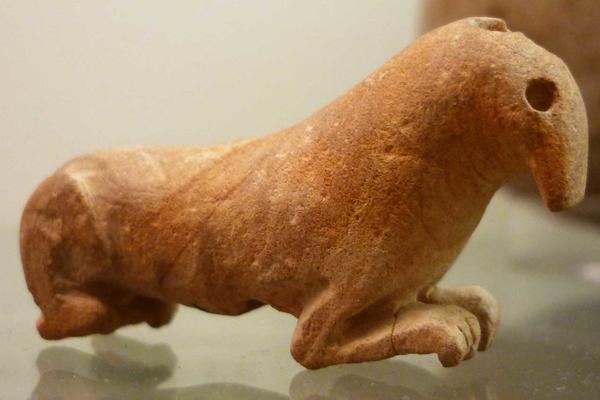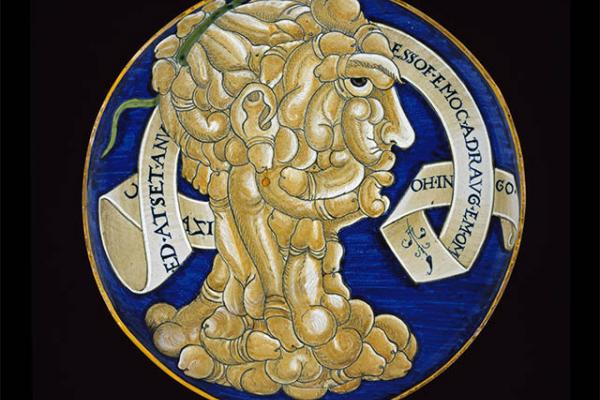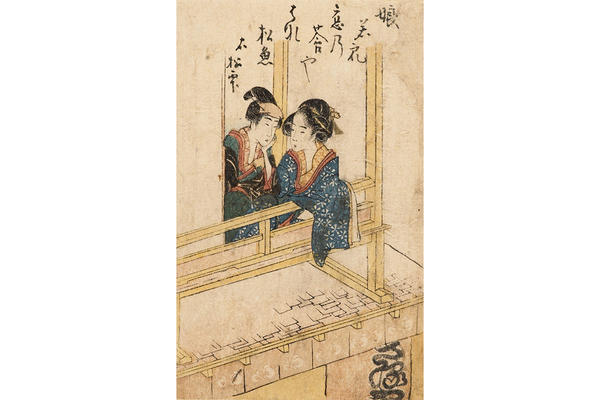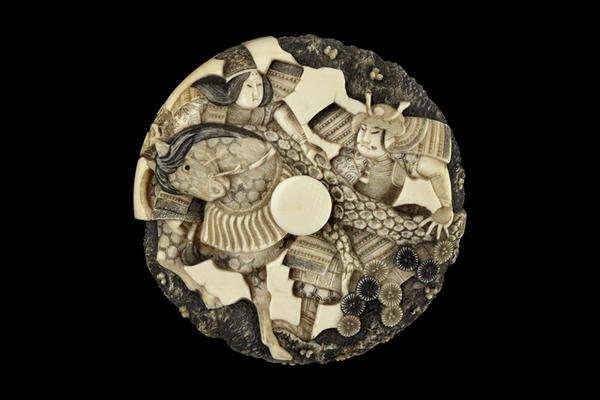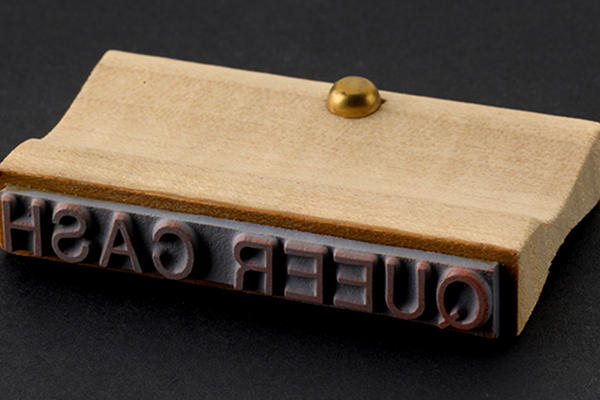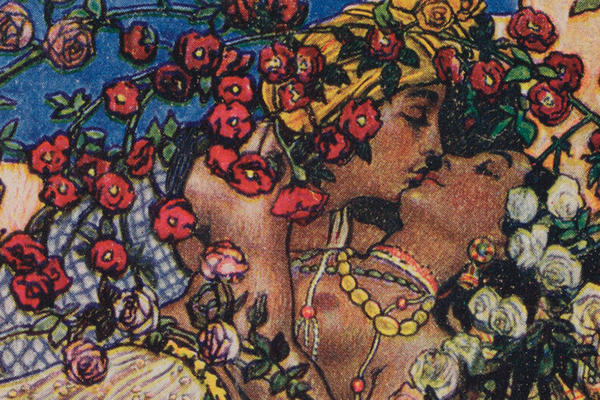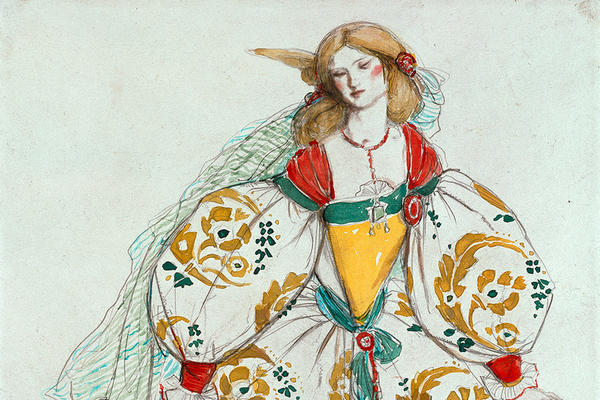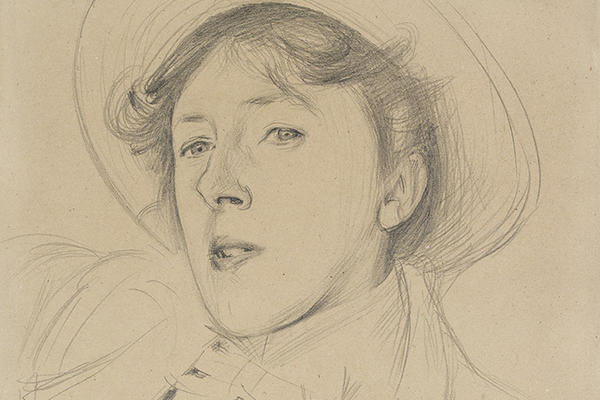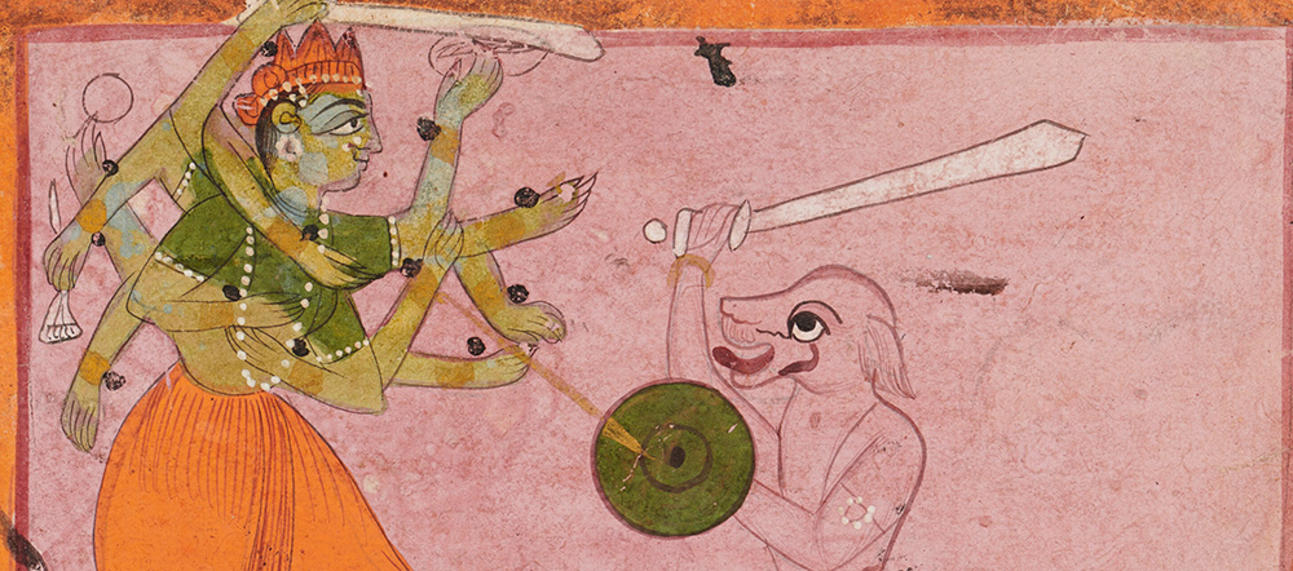LGBTQ+ STORIES
To mark LGBTQ+ History Month, we're celebrating the Ashmolean's LGBTQ+ connections and Pride stories represented in our collections. You can also discover and download the 'Out in Oxford' Trail.
HIGHLIGHTS FROM OUR COLLECTION
Explore some of the objects with LGBTQ+ connections in the Ashmolean's collections.
Athenian red figure pottery cup, 500-401 BC
Seated figure of the Bodhisattva Guanyin, 13th century
Ethel Sands by Walter Sickert, oil on canvas, 1914
Marble statue of Hermaphroditus, AD 1-200
Delftware Plate of Queen Anne, c.1702
Model of a Seth animal, c. 3500-3400 BC
Dish with a composite head of penises, 1536
A young woman and young man on the balcony of Saruya toothpick shop, 1790–1813
Manju netsuke showing the female warrior Tomoe Gozen and Wada Yoshimori, 19th century
Most of the objects featured above, and the $50 bill of 'Lesbian Money' highlighted below, are part of the Out in Oxford Museums' trail which traces the history of the LGBTQ+ community through Oxford University's collections, in 25 objects across seven museums in Oxford.
LGBTQ+ AND PRIDE STORIES
Bronze bust of Antinous, 1789
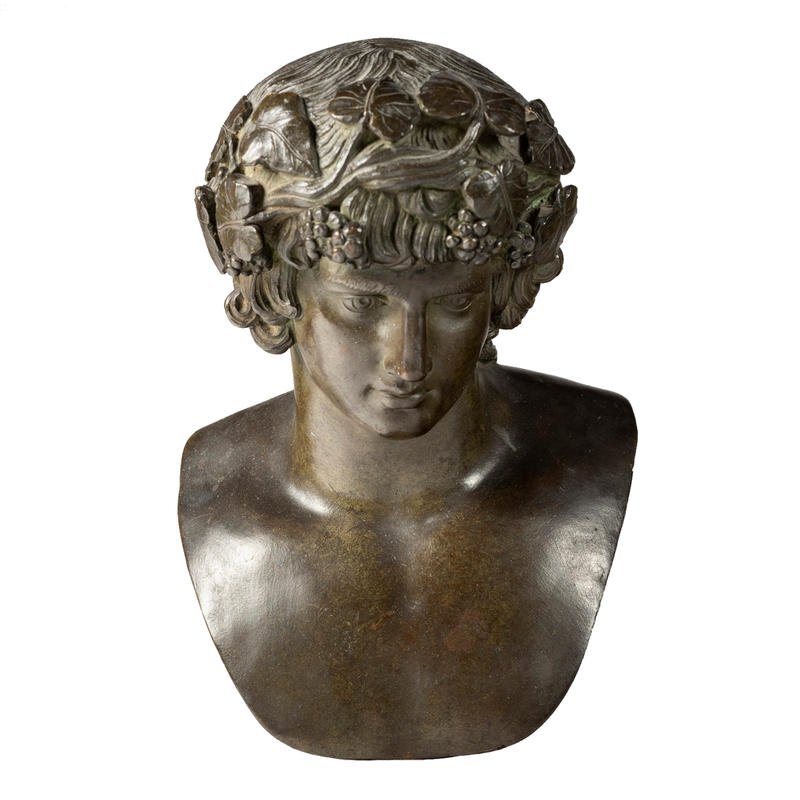
Bronze bust of Antinous as Bacchus, by Francesco Righetti © Ashmolean Museum
Antinous was the lover of the Roman Emperor Hadrian (AD 117–138). Hadrian and Antinous are considered by many to be the most famous same-sex relationship in antiquity. Many Roman Emperors, including those such as Trajan (considered the greatest of Emperors) had male lovers, in addition to their legally married wives.
Antinous was born in the Roman province of Bythinia (in modern-day Turkey), and was part of the imperial entourage on a tour of Egypt when he drowned in the Nile in AD 130. This tragedy, and Hadrian’s grief, reverberated across the empire – an indication of the depth of Hadrian’s feelings.
A new city in Middle Egypt, Antinoopolis, was founded in his memory and Antinous was venerated in the Empire as a hero and a god. He featured on coins and in so many busts and statues that only Augustus and Hadrian himself were portrayed more.
This bronze bust is by Francesco Righetti (1749–1819) and is based on a bust from the Townley Collection now in the British Museum. Discovered in Rome, the bust shows Antinous as the god Bacchus, god of wine, the banquet and earthly pleasures.
WA1889.CDEF.B404
Not currently on display
Bulldog Baths tokens from Gay Freedom Day, 1980 & 1981
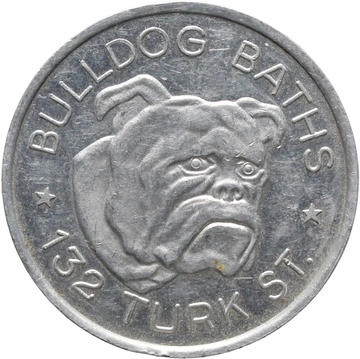
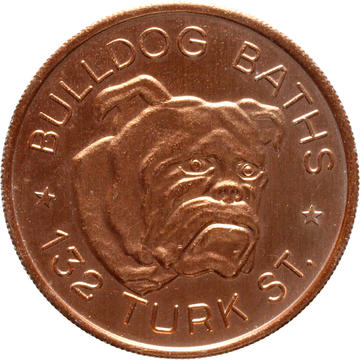
These two interesting items, related to the San Francisco Gay Pride, were gifted to the Ashmolean's Coin Room in 2010. These tokens, or medallets, were presumably distributed to the participants at the pride parade events of 1980 and 1981. They are both made of aluminium but one is clad with a copper-like finish.
On the reverse (below), they both have a text marking 'Gay Freedom Day’ while on the front we see the advertisement for ‘Bulldog Baths’, located at 132 Turk Street. This very likely suggests that they were a part of the pride memorabilia repertoire, sponsored by a gay bathhouse or ‘sauna’ of that name.
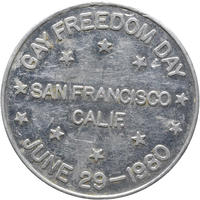
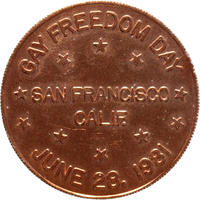
Public bathhouses, by their very nature, have historically offered opportunities of privacy and intimacy. Their commercial nature meant that choice and consent were at the core of their trade. In the 19th and 20th century, bathhouses emerged as spaces used by gay, bisexual and queer men in search of avenues for intimacy ‘behind closed doors’ that were rare and dangerous, given the highly discriminatory and prejudicial attitudes prevalent in society towards homosexuality.
Bulldog Baths opened in 1978 and soon emerged as the largest gay bathhouse in the USA. Available evidence suggests it marketed itself using a highly suggestive array of posters, advertisements and other paraphernalia such as discounted entry coupons.
HCR115359 and HCR115360
Read more about the Bulldog Baths story
Not currently on display
$50 US banknote countermarked with the words ‘Lesbian Money’,
late 20th century
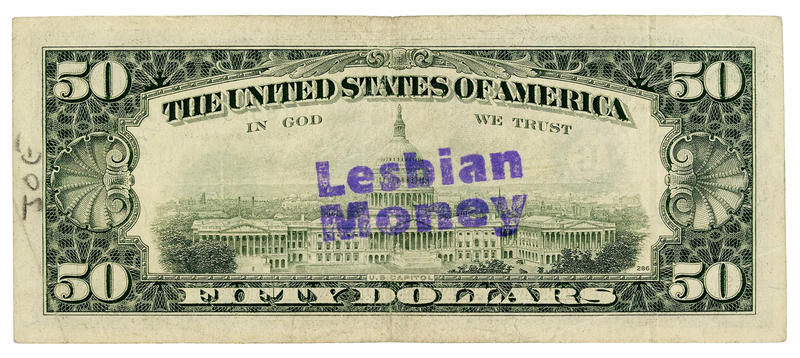
$50 US banknote countermarked with the words ‘Lesbian Money’ © Ashmolean Museum
This $50 US bill, on display in the Ashmolean Money Gallery, has achieved a position of pride in the University’s collection of objects relating to the Queer Movement. The Movement evolved throughout the 1970s, and towards the end of the 20th century, and adopted many surprising and covert strategies of political protest and civil disobedience. One particular method of activism was to (illegally) stamp dollar bills with the slogans: ‘gay money’, ‘lesbian money’ and ‘queer $$$’.
The circulation of the notes across the US draws on a long tradition of currency being defaced with political messages. As the notes are exchanged from hand to hand, they foster unexpected and intriguing encounters with the dissenting individual, who, in this case, stamped her money in purple – a colour broadly associated with 20th-century women’s liberation movements – and the marginalised community of which they were a part. It is an understated, yet powerful, act of resistance, which makes it possible for lesbian voices, in particular, to be seen and heard.
HCR6426
Read more about the lesbian money banknote
On display in the Money Gallery
Dusche III, 1987, by Salomé
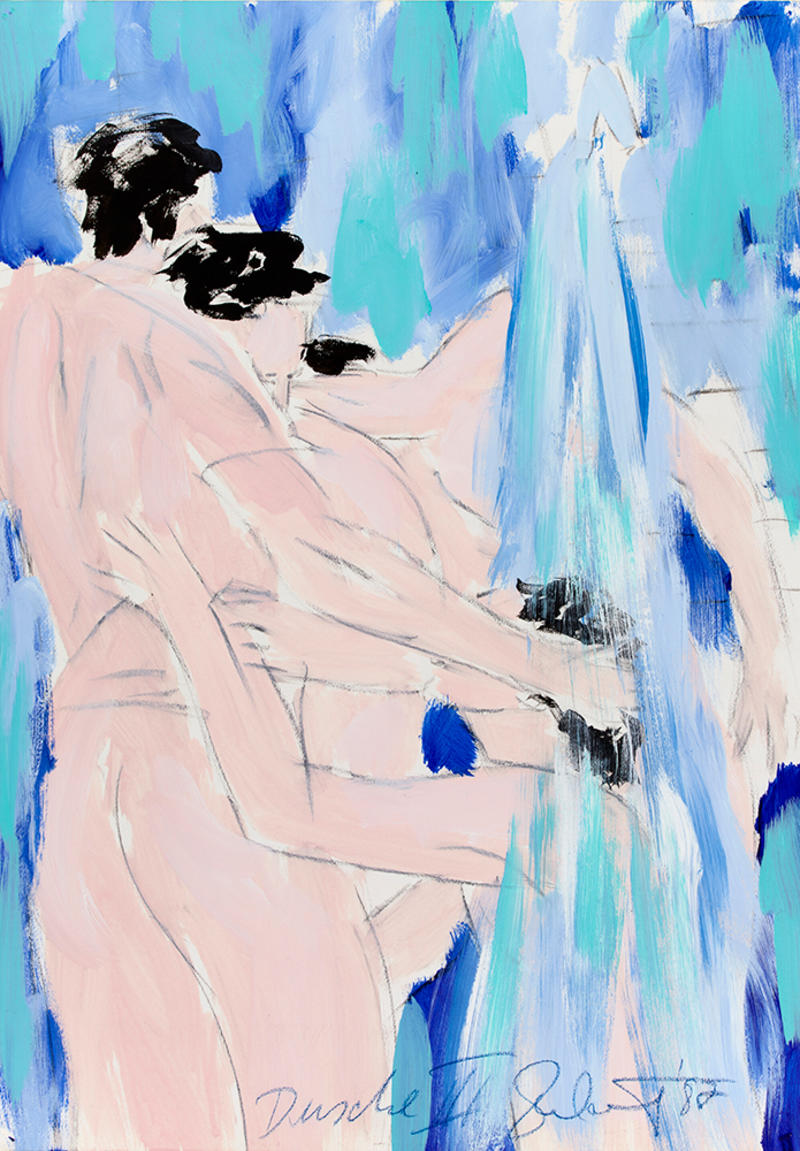
Dusche III, 1987, by Salomé (b. 1954), black chalk and gouache on heavy white handmade paper, approx 100 x 70cm approx © Ashmolean Museum
This drawing is one of a series of shower scenes by the German Neo-Expressionist artist Salomé.
In 1970s and 1980s West Berlin, Salomé was part of a group of exuberant artists known as the ‘Junge Wilde’ or ‘Young Fauves.’ His energetic paintings and drawings were conjured from his experiences of Berlin’s gay nightlife and subculture.
The spare Kreuzberg apartment where Salomé lived with his boyfriend and fellow artist Rainer Fetting lacked a shower, and so the pair would visit a nearby public swimming pool to wash.
Dusche III represents Salomé’s memory or fantasy of the pool’s showers, which also served as a social space for gay men. In this gouache and charcoal drawing, a tumble of dark-haired men embrace between jets of blue against the subtle backdrop of white tile. The fluid lines of the limbs and the rich colour of the water evoke the work of earlier Post-Impressionist Fauves like Henri Matisse, who imbued his elegant figures with a similar dancer’s freedom.
Salomé was an activist who campaigned for gay liberation with Germany’s first Queer Movement group, Homosexuelle Aktion Westberlin. Through his explicit depiction of gay men joyously expressing their sexuality, Salomé explored the political potential of the resurgence of figurative painting in the Neo-Expressionist period.
WA2020.8
Purchased with funds provided by The Art Fund, 2020
Not currently on display
MORE STORIES TO EXPLORE
QUEERING CURRENCY
LOVE, FRIENDSHIP & ROMANCE IN THE COLLECTIONS
CHARLES DE SOUSY RICKETTS
THE INVENTION OF EMPATHY
PRIDE PROGRESS FLAG
This Pride Progress flag is made with a selection of works from our collection in celebration of LGBTQ+ life in Oxfordshire and around the world.
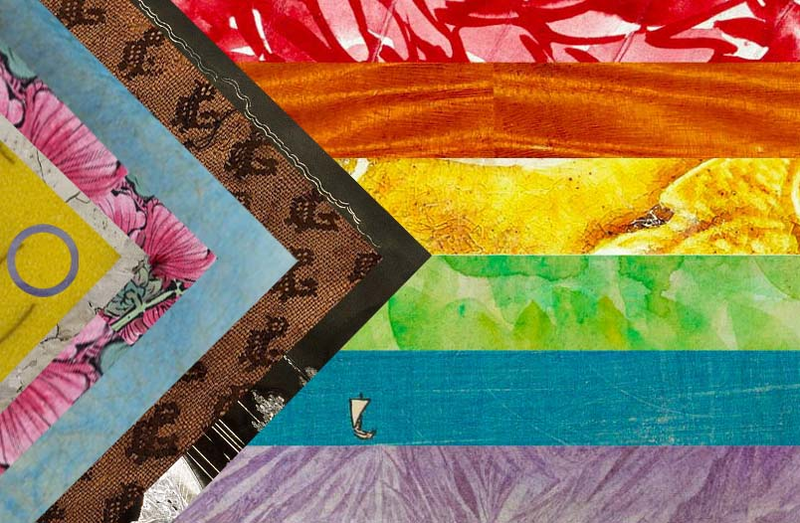
ASHMOLEAN PRIDE RAINBOW ARTWORKS
Red: Chrysanthemum and bee by Qi Baishi (EAX.564)
Orange: Violin “Le Messie” (Messiah), 1716. Antonio Stradivari (WA1940.112)
Yellow: Yellow glazed sherd with dragon, China, 16th century (EAP.18639)
Green: Study of the Orchard of the Artist’s House at Eragny-sur-Epte, Camille Pissarro, 1890 (WA1952.6.335)
Blue: The Pine Grove at Miho in Suruga Province, Utagawa Hiroshige I (EAX.4374)
Violet: Sparta, Edward Lear, 1872 (WA1916.52)
Yellow (far left): Cloisonné necklace (bird detail), Antoine Tard & Alexis Falize (WA1964.29.1)
Purple (circle): Study of Dawn, Purple Clouds, John Ruskin (WA.RS.ED.005)
White: Fragment of painted stucco, 1750–1550 BC (AN1957.36)
Pink: Purple and Pink Flowers, Ren Xiong (EA1995.236)
Pale blue: Beaker with stylized scrolls, 12th century Iran (EA1992.9)
Brown: Textile fragment with birds. Egypt, 10th–15th century AD (EA1984.221)
Black: Japanese Octagonal box with landscape, 17th-18th century (EAX.3992)
CHALLENGING INTERPRETATIONS
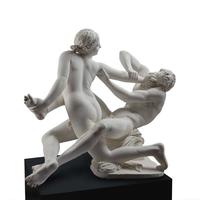
As part of the Our Museum, Our Voices ongoing collaboration, we asked University of Oxford students to reinterpret the labels for objects and works of art in the Museum galleries, including the Ashmolean.
These are written from personal experience and expertise, with participants considering their ethnicity, gender and sexuality in response to the collections. Look out for the Antinous Tinder profile and the 'queer body' of Hermaphroditus re-described.
Explore the Our Museum, Our Voices 2020 online exhibition



